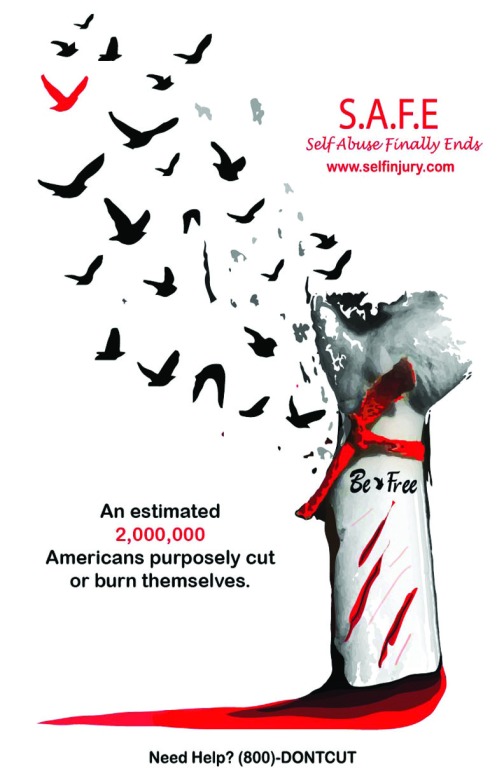
In 2017, about 79,767,026 United States citizens traveled internationally. Traveling has increased in popularity over the years and the industry grows every year. Traveling is exciting and fun, but it is important to stay safe and healthy while at your chosen destination. Whether you are traveling for work or adventure, take a look below for some safety and health tips while traveling abroad.
- Travel Advisories: Are you traveling to a safe location? The U.S. Department of State – Bureau of Consular Affairs issues travel advisories for each country. There are four levels based on safety and security risk. Where does your destination land?
- Exercise normal precautions
- Exercise increased caution
- Reconsider travel
- Do not travel
- STEP: This acronym stands for Smart Traveler Enrollment Program. It gives travelers information and updates about their location. It also allows the U.S. Embassy to contact you in the case of an emergency.
- Weather: What’s the weather like? Does it rain often? Is it tropical storm season? Bring appropriate clothing and have a plan in the case severe weather conditions occur.
- Driving and Road Safety: Do you plan on driving yourself while at your destination? Make sure you know the laws and road conditions (and what roads to avoid) as well as driving norms (i.e. driving on the left side of the road rather than the right side). Carry spare tires and extra fuel. Make sure you have the proper driving permits and documentation. Some countries require international driving permits
- Medications, Vaccines, and Hospital Availability: Will you be bringing medications with you? It is advised to carry a doctor’s note that describes your medical condition, leave your medications in their original container with a clear label. Check out your destination’s drug policies to see if your medications are allowed. Another tip to consider is to see what vaccinations are recommended for traveling in general or for your particular destination. You should also have a plan if you do happen to get ill or injured. Find a doctor or hospital to go to and see if your insurance covers you while abroad. It’s important to be prepared.
- Food Safety: Avoid foodborne illnesses and other diseases by practicing good eating and drinking habits. Safe foods are typically thoroughly cooked and hot. Packaged foods are also typically safe to eat. Bottled and canned beverages are also safe to drink. However, make sure bottles have not been tampered with and wipe the mouth of the can clean before drinking. Raw food, tap water (and ice made from tap water), and fountain drinks can be risky. Also use precaution when eating from street vendors as they may have decreased hygiene standards.
- Belonging Safety: We all may have heard stories about belonging getting stolen while traveling. To avoid having your own belongings taken, don’t keep everything in one place. When going out, only bring the necessities and do not carry them in your back pocket. If you are carrying a purse or bag, keep it toward the front of your body. If you happen to be in a situation where someone is trying to take something of yours, it may be best not to fight for it. Although this may be hard to do and not your first reaction, you should remember that your safety is more important.
- Money: What kind of money is used (i.e. Euros, Pesos, British pound)? You may wish to pick up some currency at your U.S. bank to reduce the cost of exchanging dollars into local currency overseas. Research the use of credit cards if you plan to use one. Call your credit card company to let them know you are traveling or your card may be declined overseas.
While these tips do not cover all areas of travel health and safety, they are a good start! We hope that this information will provide a safer and healthier experience while traveling abroad.
https://travel.trade.gov/view/m-2017-O-001/index.html








